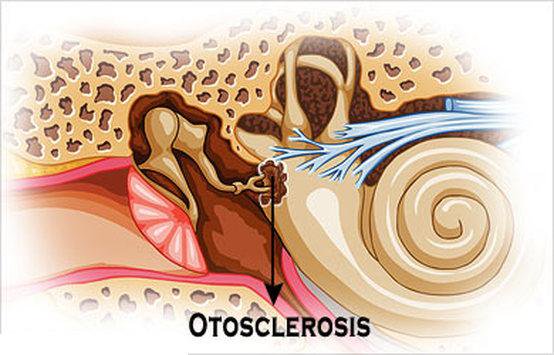Is hearing loss or deafness inherited? Family history and risk factors

Normally, family members are easily recognized based on their physical similarities.
It can be their smile, eye colour or their natural hair type. You may have even been told that you share a resemblance with someone in the family from generations ago.
All of these lie in the same genetic similarities that are inherited from both parents.
Genetic inheritance is not merely the physical appearances that can be seen from the outside.
It includes a shared risk of developing heart disease, diabetes, osteoporosis, hearing loss and many more. Yes, hearing loss or deafness can be inherited too and can be identified based on age-related hearing loss.
The causes of hearing loss or deafness can come from genetics, environmental exposure or from the combination of both factors. Since families often share occupations or habits, it's not 100% possible to know if it's the genes or the shared behaviours that are linked to hearing loss.
Audiologists and other health professionals need to get the details of your family history and run several special tests before confirming that the cause of the hearing loss is really due to genetics.
Knowing your immediate family’s history of chronic disease is the first step towards reducing your risk of developing it, too. This information can help your doctor determine which screening tests you need and at what age these screenings should begin.
These are some examples of hereditary diseases (syndromic and non-syndromic) that can cause hearing loss across generations.
Some diseases can be cured and some can’t be cured, depending on the anatomical part involved. Hearing aids and auditory rehabilitation can help to improve the hearing abilities to the optimum level.
Syndromic Hereditary Hearing Loss
Usher Syndrome
Usher syndrome is an inherited disease that causes serious sensorineural hearing loss and retinitis pigmentosa, an eye disorder that causes vision to get worse over time. It is the most common condition that affects both hearing and vision.
There are three types of Usher syndrome:
- Type I: Deaf from birth and have severe balance problems from a young age. Vision problems usually start at age 10 and lead to blindness.
- Type II: Have moderate to severe hearing loss and normal balance. Vision problems start in the early teens and get worse more slowly than in type I.
- Type III: Born with normal hearing and near-normal balance but develop vision problems and then hearing loss.
Pendred Syndrome
Pendred syndrome is a disorder typically associated with hearing loss and a thyroid condition called a goitre. A goitre is an enlargement of the thyroid gland.
In most people with Pendred syndrome, enlarged vestibular aqueduct (EVA) is evident at birth. Enlarged Vestibular Aqueduct is a condition caused by a malformation in the inner ear that leads to severe to profound sensorineural hearing loss and vestibular function (balance).
Some affected individuals also have an abnormally shaped cochlea. The combination of an enlarged vestibular aqueduct and an abnormally shaped cochlea is known as Mondini malformation.
Non-Syndromic Hereditary Hearing Loss
The first non-syndromic deafness gene was discovered in 1993. More than 100 loci for deafness genes have been mapped and more than 60 genes have been implicated in non-syndromic HL.
Most of these genes play roles within the cochlea and thus hereditary HL almost exclusively features cochlear dysfunction.
Other non-syndromic hereditary hearing loss can strongly be seen in the extended family where more family members having hearing loss at early adulthood (22-34 years old) or early middle age (35 - 44 years old) without other noise exposure or other medical factors.

Otosclerosis
Otosclerosis is the abnormal bone growth (extension of sponge-like bone) of the middle ear, which usually affects the stapes bone. This growth prevents the ear bones from vibrating in response to sound waves.
Symptoms of the disorder start with gradual conductive hearing loss, most often difficulty hearing low-pitched sounds. Others may experience dizziness, balance issues and tinnitus. It is more common in women than in men and it may affect one or both ears.
Typically, otosclerosis begin in early to mid-adulthood.
Other Risk Factors
With hearing difficulties, one could miss an important phone call, an alarm, or even nearby emergency sirens while behind the wheel of a car.
This could pose a serious safety risk not only to the individual but to others around as well. With hearing aids, sounds around us are sensed more clearly, which will result in a heightened state of awareness whether at home, at work, or somewhere in the community.
These are just a few of the many ways in which hearing aids can open the doors to an improved quality of life. If you would like to learn more about your hearing aid options, click here to reach out to our team today.

 Find Us
Find Us